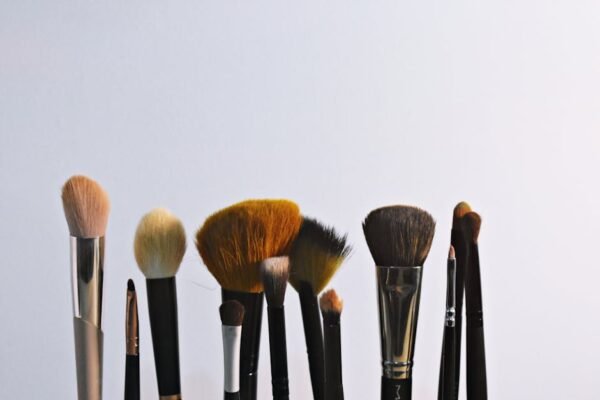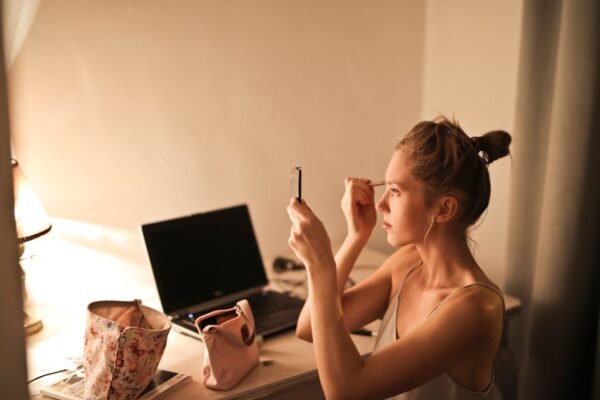Introduction to LED Light Therapy
{“type”:”img1″,”src”:”https://facehubs.com/wp-content/uploads/2024/03/fileUpload-59.jpg”,”alt”:”LED light therapy device”}LED light therapy is gaining popularity as a non-invasive method to treat various skin conditions, including acne, aging, and hyperpigmentation. Though it sounds modern, the concept of using light as a therapeutic agent goes back centuries. Today, with advancements in technology, LED light therapy offers precise wavelengths to target specific concerns, making it a customizable and versatile treatment option.
Unlike UV rays, the light emitted by LED devices does not cause skin damage. This ensures a safe treatment modality suitable for regular use. Furthermore, LED therapy works by stimulating cellular processes that can accelerate repair and rejuvenation, offering a scientific approach to skincare that appeals to both practitioners and patients alike.
The therapy's effectiveness varies based on several factors, including the specific skin condition being treated, the wavelength of the light, and the duration of the treatment. Understanding these nuances can help individuals make informed decisions about incorporating LED light therapy into their skincare routines.
Recent studies demonstrate the potential of LED light therapy in improving skin texture, reducing inflammation, and enhancing overall skin appearance. These findings are encouraging, prompting further research in this promising field.
Though results from LED light therapy can be significant, they are not instantaneous. Patience and consistency play key roles in achieving desirable outcomes. This emphasizes the importance of adherence to treatment protocols for those looking to see improvements in their skin health.
The Science Explained
At its core, LED light therapy involves the use of specific wavelengths of light to provoke natural biological processes in the skin. Different wavelengths penetrate the skin to various depths, interacting with cells to trigger beneficial reactions.
For instance, red light is renowned for its ability to stimulate collagen production, a critical protein for skin elasticity and firmness. On the other hand, blue light targets acne-causing bacteria, offering a non-chemical approach to managing breakouts.
One of the pivotal aspects of LED therapy's success is its ability to reduce inflammation, a common denominator in many skin conditions. Through modulation of inflammatory pathways, LED light therapy can alleviate symptoms of conditions such as rosacea, psoriasis, and eczema.
The scientific community continues to explore the mechanisms behind LED light therapy, uncovering how different wavelengths interact with skin tissues. This ongoing research ensures that treatments remain effective, safe, and grounded in science.
Moreover, LED light therapy's non-invasive nature makes it an attractive adjunct to other treatment modalities. It can complement traditional skincare routines, offering an enhanced approach to maintaining skin health without the need for invasive procedures.
{“type”:”img1″,”src”:”https://facehubs.com/wp-content/uploads/2024/03/fileUpload-61.jpg”,”alt”:”Before and after skincare”}Personalizing Your Treatment
Customization is a key advantage of LED light therapy, allowing treatments to be tailored to individual skincare needs. By selecting the appropriate wavelength, practitioners can target specific skin concerns, from aging signs to acne outbreaks.
Determining the right frequency and duration of treatments is essential for efficacy. While some may see improvements with weekly sessions, others might require more frequent treatments to achieve their skincare goals.
It's advisable to consult with a skincare professional to assess skin type and condition before embarking on LED light therapy. This ensures a personalized treatment plan that optimizes outcomes while minimizing potential risks.
Technological advancements have made at-home LED devices available, providing a convenient option for ongoing maintenance. However, the effectiveness of these devices varies, and professional guidance can help navigate the myriad of options.
Optimal results from LED light therapy often require a holistic approach to skincare. Incorporating a nutritious diet, adequate hydration, and sun protection can enhance the benefits of the treatment, contributing to healthier, more radiant skin.
Real Results and Testimonials
Success stories from LED light therapy are plentiful, with individuals reporting noticeable improvements in skin texture, clarity, and overall health. These testimonials highlight the therapy's potential to transform skincare routines, providing a non-invasive solution to common skin concerns.
Photographic evidence further supports these claims, showcasing significant before-and-after differences. Such visual proof offers encouragement to those considering the treatment, illustrating its effectiveness in real-world scenarios.
It's important to approach LED light therapy with realistic expectations. While many experience positive outcomes, results can vary based on individual factors. Persistence and patience are crucial, as the benefits of the treatment often accumulate over time.
Feedback from the skincare community emphasizes the importance of consistency in achieving results. Those who adhere to their treatment schedules tend to report greater satisfaction, underscoring the value of commitment to the process.
The growing popularity of LED light therapy is a testament to its efficacy and safety. As more individuals share their positive experiences, the treatment gains credibility, encouraging others to explore its benefits for their skincare needs.
Looking to the Future
The field of LED light therapy is evolving, with new research shedding light on its potential applications and benefits. Innovations in device technology are making treatments more accessible and effective, promising continued growth in its use for skincare.
Future studies are expected to refine our understanding of how LED light interacts with different skin types and conditions. This knowledge will enhance the personalization of treatments, further improving outcomes for users.
The integration of LED light therapy into comprehensive skincare regimens is likely to increase, as its benefits become more widely recognized. This trend reflects a broader move towards non-invasive, science-backed treatments in the beauty industry.
As we look ahead, the potential of LED light therapy to revolutionize skincare is clear. Its ability to address a range of skin concerns, safely and effectively, positions it as a key player in the future of skin health.
Embracing LED light therapy today can offer a glimpse into the future of non-invasive skincare solutions, promising healthier, more beautiful skin for everyone.





